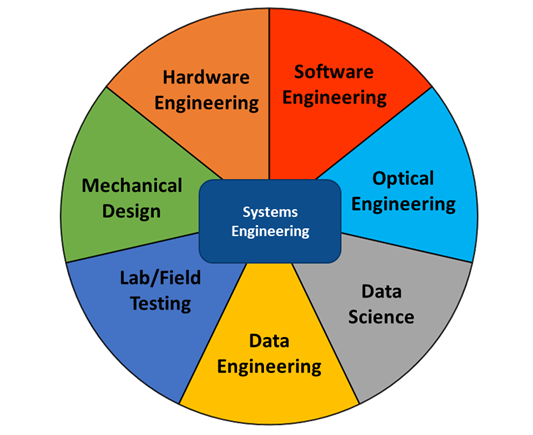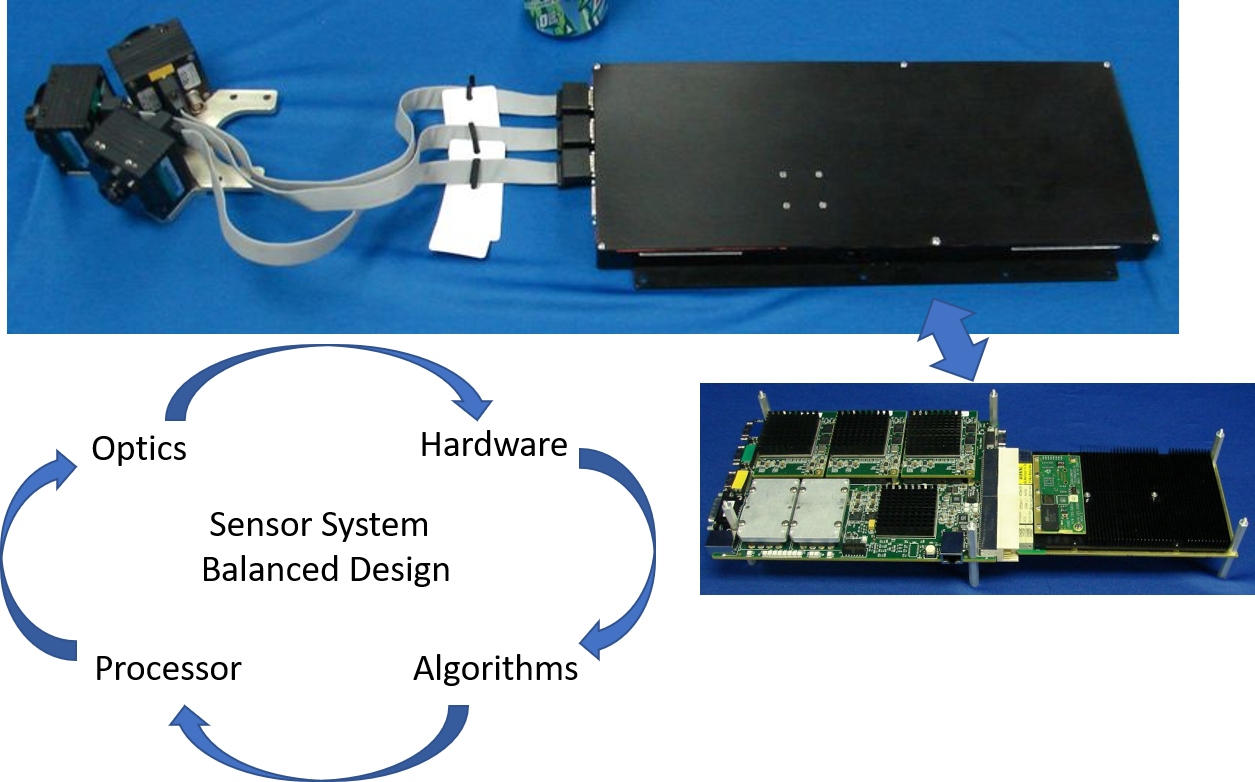Systems Engineering
With every project at DRA, the engineers work with the customer to understand the primary objectives of the project. Systems engineering principles are used throughout the product development lifecycle to refine the requirements and validate the results. Throughout the project, the engineers employ the following systems engineering techniques:
Systems Engineering Approach:
- Requirements capture
- System design
- Allocation of requirements to subsystems
- Subsystem design
- Subsystem verification
- System integration
- System validation
DRA uses a systems engineering approach to all engineering disciplines. The lead engineers work with the customer to fully understand their requirements, goals, constraints, and priorities of the project. Next, trade studies are performed to understand alternative solutions to develop a detailed design for the system. In many cases, interacting subsystems strongly affect one another and DRA finds a balanced solution that optimizes system performances and cost as part of these trade studies. The system design is partitioned into the appropriate engineering disciplines needed to produce a prototype. A prototype of the design is implemented and tested through unit, subsystem, and system level testing. Ultimately, the performance of the system is validated by demonstrating the system in a relevant environment. The customer is involved throughout the process to ensure the implementation of an efficient, effective and high-quality solution.
DRA has developed a Systems Integration Laboratory (SIL) with both custom software and hardware to enable hardware/software integration testing in a static free and environmentally controlled workspace. Work surfaces are covered with properly grounded anti-static mats, the lab has its own thermostat and HVAC system. Custom computers were built that have the ability to either record live sensor data, or playback previously recorded sensor data.


